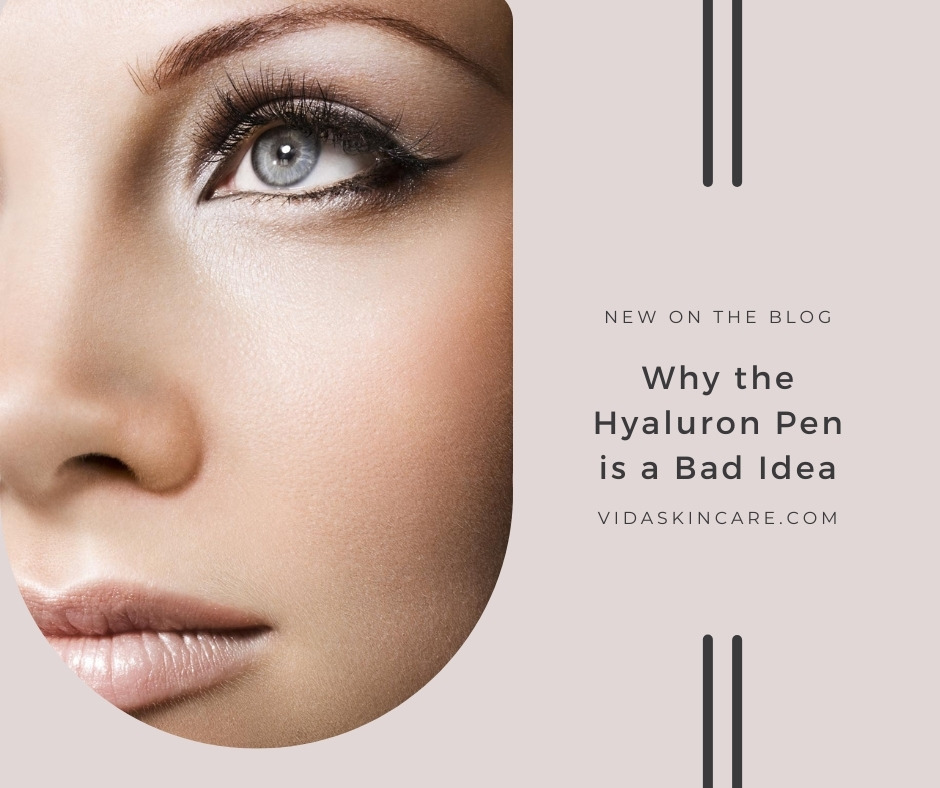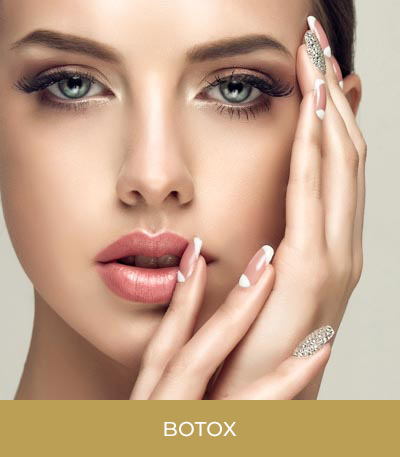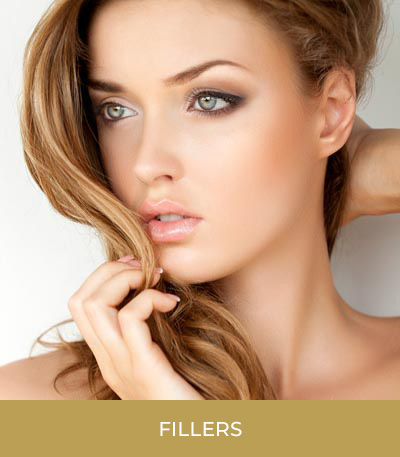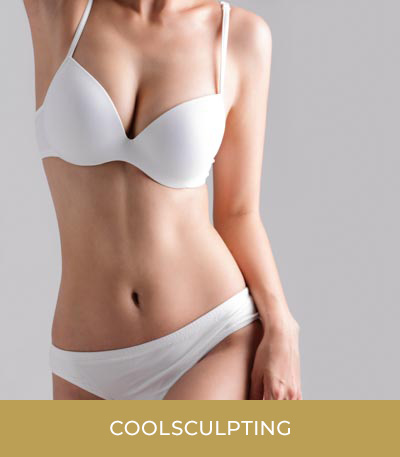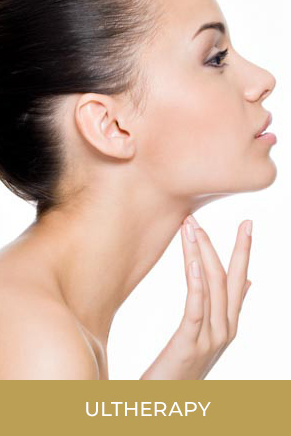A lot of people have been curious about the Hyaluron Pen, but at VIDA there’s a reason we don’t recommend it. This product has been all over social media, being touted for its wrinkle-busting and lip-pumping prowess. However, these fog injection devices (also known as hyapens or SERA pens) are nowhere near the caliber of real lip fillers. Most dermal fillers and lip fillers, as well as the Hyaluron Pen, are made with hyaluronic acid (HA), which already occurs in the body. So why is the Pen not on par with fillers?
The Hyaluron Pen was initially designed for those with diabetes. It provided a needle-free, comfortable way to get insulin into subcutaneous tissue. It works by creating pressure against the skin so that the HA is forced into the skin without needing any real injection (needle). It didn’t take long before the cosmetic world started considering the Hyaluron Pen as an aesthetic tool, and it was quickly turned into a device that promises to deliver something it was never meant to do.
Pens Down!
Simply put, the Hyaluron Pen isn’t safe. It has not been approved for wrinkle-fighting or lip plumping purposes by the FDA. It has been known to cause skin stains, inflammation, and abscesses. In severe cases, bacterial and fungal infections have occurred because the device was contaminated. It can also spread disease if shared at home and can cause damage to blood vessels, eyes, and the skin if too much pressure is exerted.
Of course, if you tried to use any such device at home—including dermal fillers—there’s a high risk of user error and contamination. However, the Hyaluron Pen being available directly to consumers is just one of the issues. Consider how the HA is actually delivered into the skin. With traditional in-office dermal fillers, an expert injector uses a needle for precise, accurate delivery. The Hyaluron Pen aggressively forces the HA into the skin so that it spreads in an uncontrollable manner. Nobody can control the results of the Pen for cosmetic purposes, and especially not someone who isn’t trained in skin care.
Hyaluron Pen in Salons
If you can buy a Hyaluron Pen, that means salons with no medical trained staff can also purchase them. It’s always important to consider the skill and training of your injector and only trust a med-spa led by MDs and with properly trained staff. Since the Hyaluron Pen is dubbed the “no-needle filler,” it’s no surprise some salons are offering this treatment. However, the risk of damage and side effects is only a little less in these circumstances compared to a DIY home approach.
There have been several online accounts of consumers who learned the hard way they should opt out of a DIY filler. One reviewer found that the Hyaluron Pen came with no instructions, so she watched a number of YouTube how-to videos—that in itself is a warning sign. However, this reviewer had already spent good money on the Pen and was intent on using it.
Beauty Gone Bad
If you’re lucky, you may see some very subtle results from the Hyaluron Pen. However, it doesn’t even come close to achieving what dermal fillers or neuromodulators can do. If you’re not so lucky, you might end up with a home “botched” job, traumatized skin, or even a serious infection. If the Hyaluron Pen was safe and effective, it would be available at medical day spas. That tells you all you need to know about this trending product.
We understand that it’s tempting to want to take a DIY approach to skin care. You can do this by working with an expert to create a customized at-home skin care routine using medical-grade products. However, don’t skimp when it comes to in-office treatments. Stick with what you know is safe and really works. To learn more about dermal fillers options and more, contact VIDA by calling the office or filling out the contact form.
